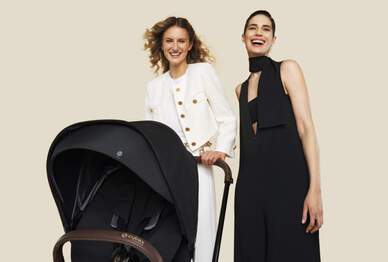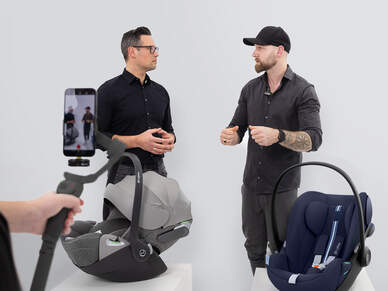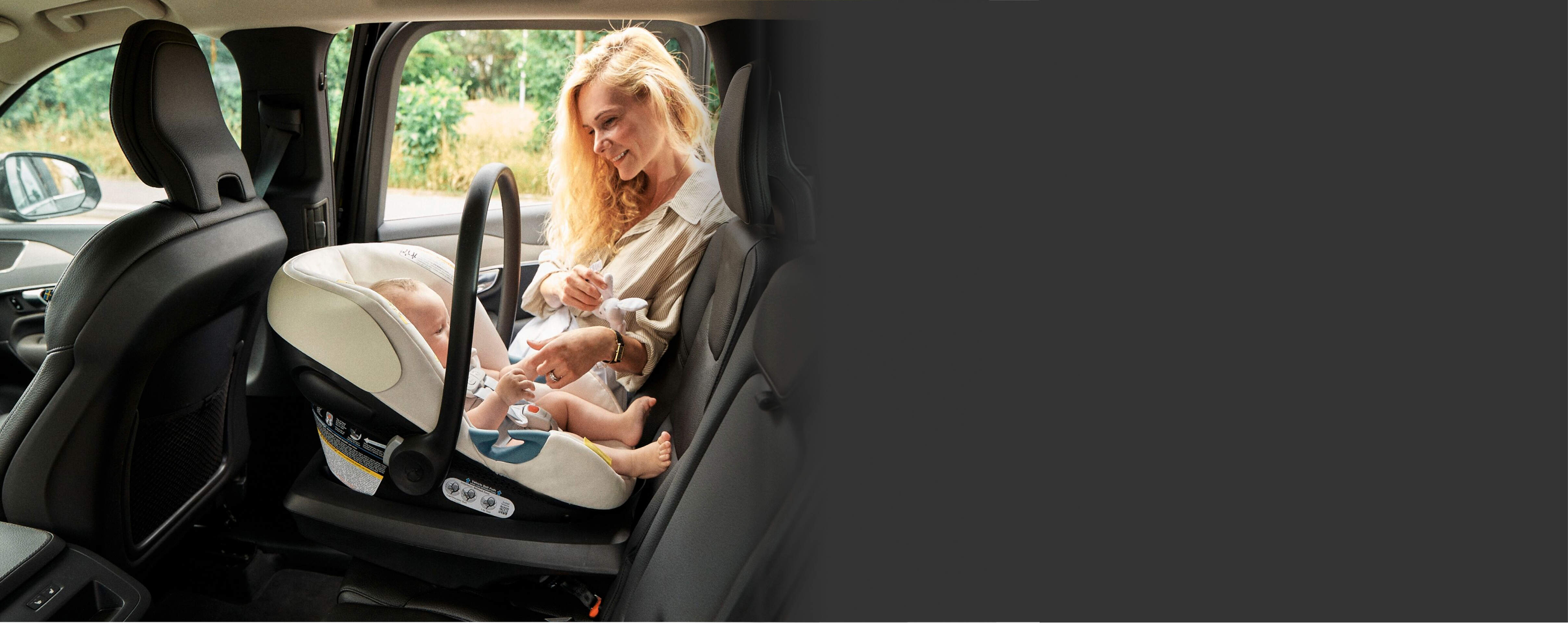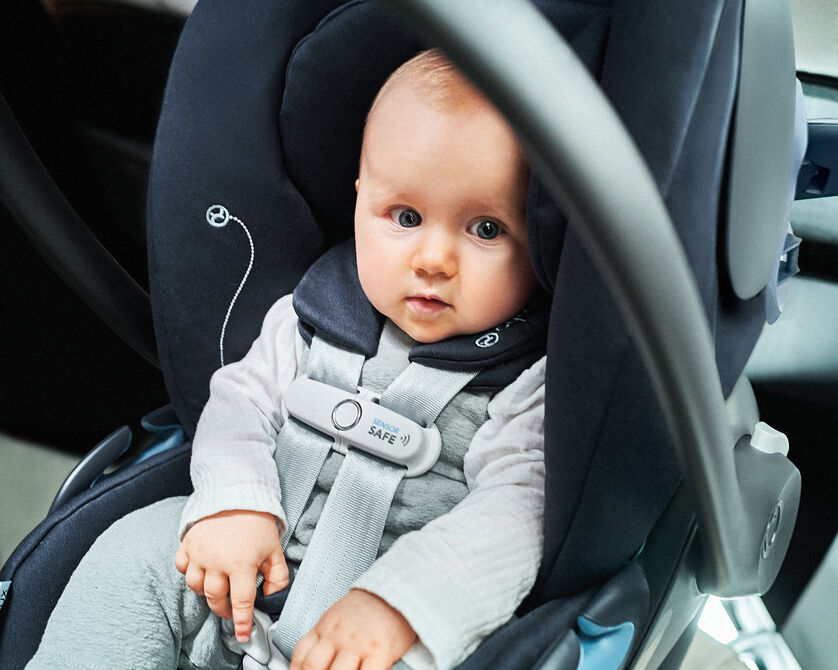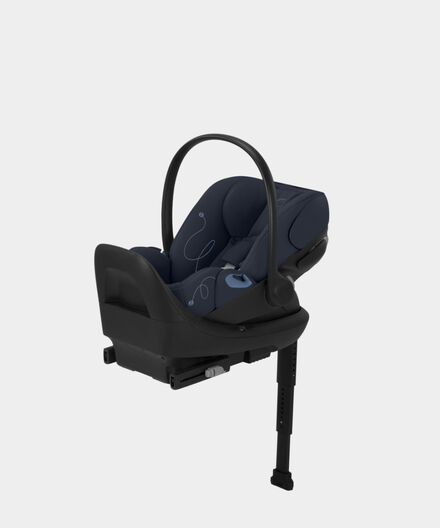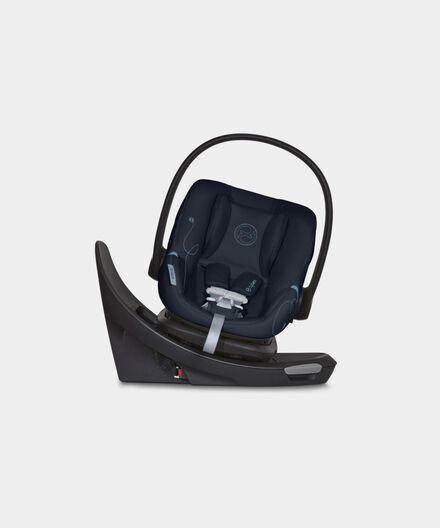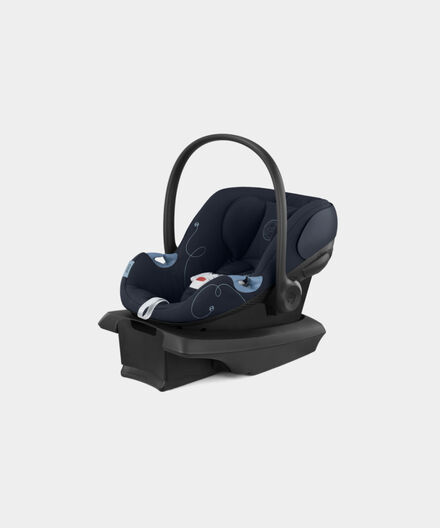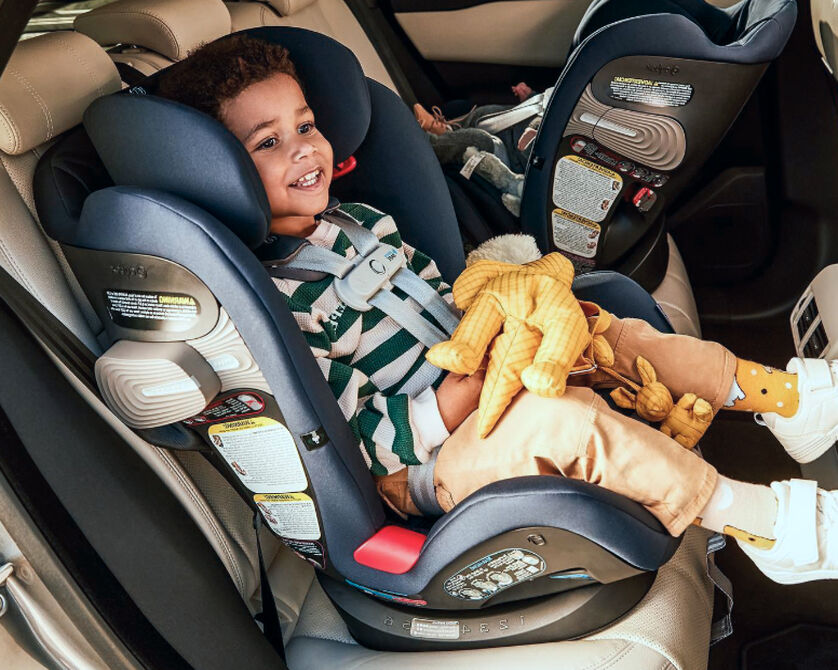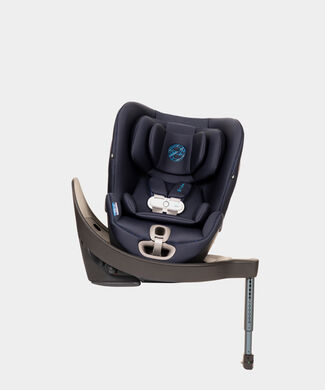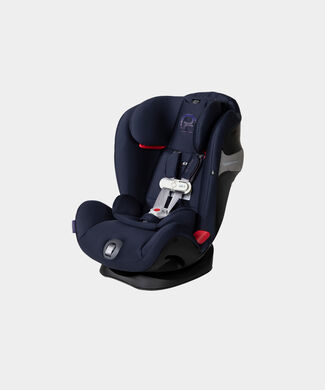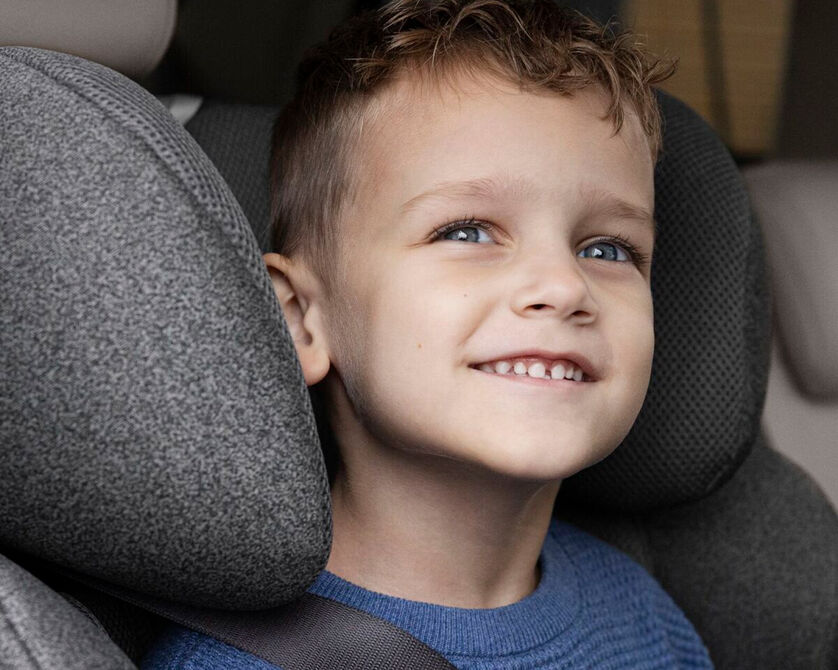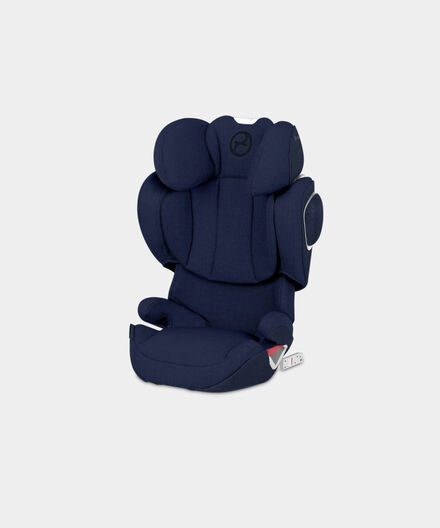Safe Rear-Facing Travel
CYBEX recommends that children travel in rear-facing car seats for as long as possible, ideally up to the age of four. When a child is properly restrained rear-facing, the head and neck move together with the car seat, allowing the crash force to be spread across the shell of the car seat. This protects the child's head, neck, and torso, reducing the risk for a neck and spine injury.
This recommendation is supported by The American Academy of Pediatrics (AAP) which states all infants and toddlers should ride in a rear-facing car safety seat (CSS) as long as possible, until they reach the highest weight or height allowed by their car seats manufacturer.
Transitioning to Forward-Facing
When the time comes to transition your child to a forward-facing position, we recommend keeping them in a 5-point harness until they reach the maximum weight or height limit.
In the event of a crash, the harness transfers the forces of the crash to these stronger points of the body and into the seat.
Remember to always use the tether as it reduces the forward movement of the seat by 4 - 6 inches dramatically improving the car seat's performance.
Enhanced Safety: High-Back Booster Seats
Booster seats play an important role in your child’s car seat journey and help older children stay safe when they have outgrown their harnessed seat but are not big enough for the seat belt alone. A booster raises the child up in the seat so that the seat belt can be appropriately fitted into the right position on the child’s body.
We recommend using a booster seat equipped with an adjustable backrest and lateral side-impact protection.
Campaign images contain localized and previous generations of the products shown, which may no longer be available or available for your country.

